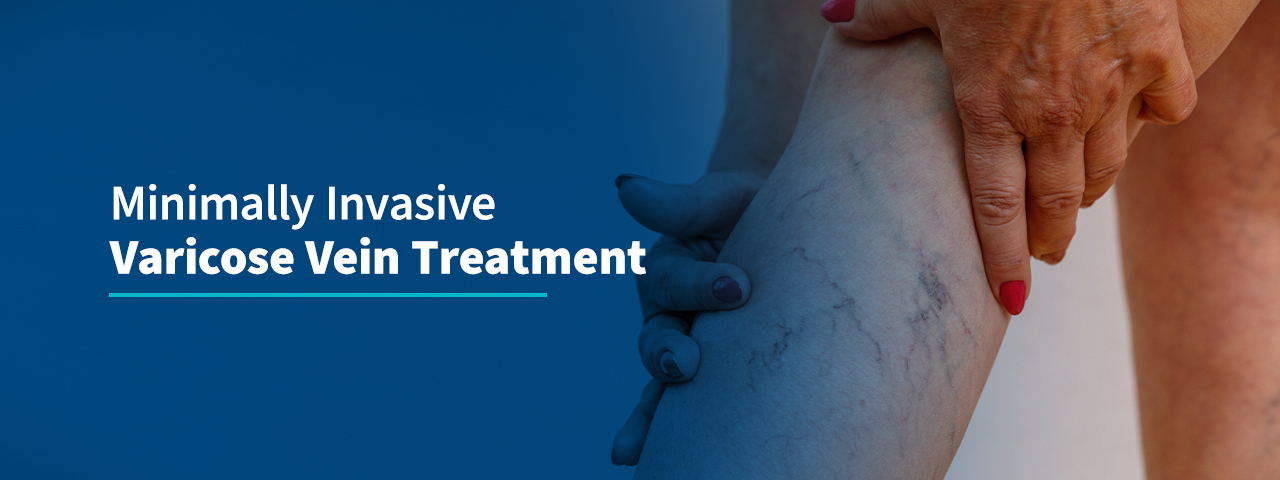
When your veins are working as they should, they help keep deoxygenated blood flowing back to your heart. Sometimes, these veins can become either weakened or damaged, causing them to transport blood ineffectively. Some common risk factors for developing varicose veins include genetics and sedentary lifestyle.
Regardless of the cause, though, compromised veins become more visible, often taking on a twisted or bulging appearance. While you might think this is just a cosmetic concern, there can be several consequences of leaving varicose veins untreated.
Because varicose veins and visible spider veins, or telangiectasia, can cause blood to pool in your legs, you may start experiencing swelling and a heavy, aching feeling. This can make it uncomfortable to stand for long periods of time. You may notice that the pain decreases whenever you move or raise your legs and walk around.
Vein disease causes chronic pain, and without treatment, the circulatory problems won’t go away.
De-oxygenated blood pooling in the legs contains toxins that are unhealthy for the tissue of the leg. Untreated varicose veins can also lead to a range of other dangerous conditions, such as:
Are you concerned about the cost of treatment? If you have insurance, you more than likely won’t need to worry. Most insurance carriers will cover the cost of varicose vein care—making it easier for you to get the care you need before it becomes a larger issue that needs more complex treatment. Spider veins, on the other hand, may not be covered as it is normally considered to be a cosmetic issue. If cost is a concern, talk to your insurance provider to see whether they will shoulder the cost of varicose or spider vein treatment.
Varicose veins are formed when vein valves weaken and blood pools in the vein. Over time, this blood pooling can lead to larger health issues. Venous insufficiency can become chronic to the point where various other problems can begin to form from not being treated. Not seeking treatment can cause blood clots and venous ulcers to form from blood pooling. In some cases, blood clots can travel to the lungs, causing deep vein thrombosis. Treatment for these conditions can be more stressful than undergoing a simple, noninvasive procedure for varicose veins. As you can see, it’s worth treating varicose veins early while they’re only a minor irritant.
A common concern about most medical treatments is whether the physician is reputable, knowledgeable, and caring. If you have a serious venous issue or a deficiency that could potentially lead to a larger issue over time, it’s better to find out sooner while in the hands of compassionate practitioners.
At Central Florida Vein and Vascular Center, we provide minimally invasive varicose vein treatments for patients of all ages. No matter what symptoms or circulatory condition you are facing, our board-certified, fellowship-trained vascular surgeons will be with you every step of the way, discussing every detail and treatment option with you.
All of our treatments are done in-office and allow you to return to light-duty work immediately.
Learn more about treatment options:
If you’ve been experiencing uncomfortable or painful symptoms of varicose veins, the physicians at Central Florida Vein and Vascular Center are here to help. We can provide a diagnosis and develop a minimally invasive treatment plan tailored to your needs. To learn more about our procedures and start receiving treatment, schedule a consultation today.